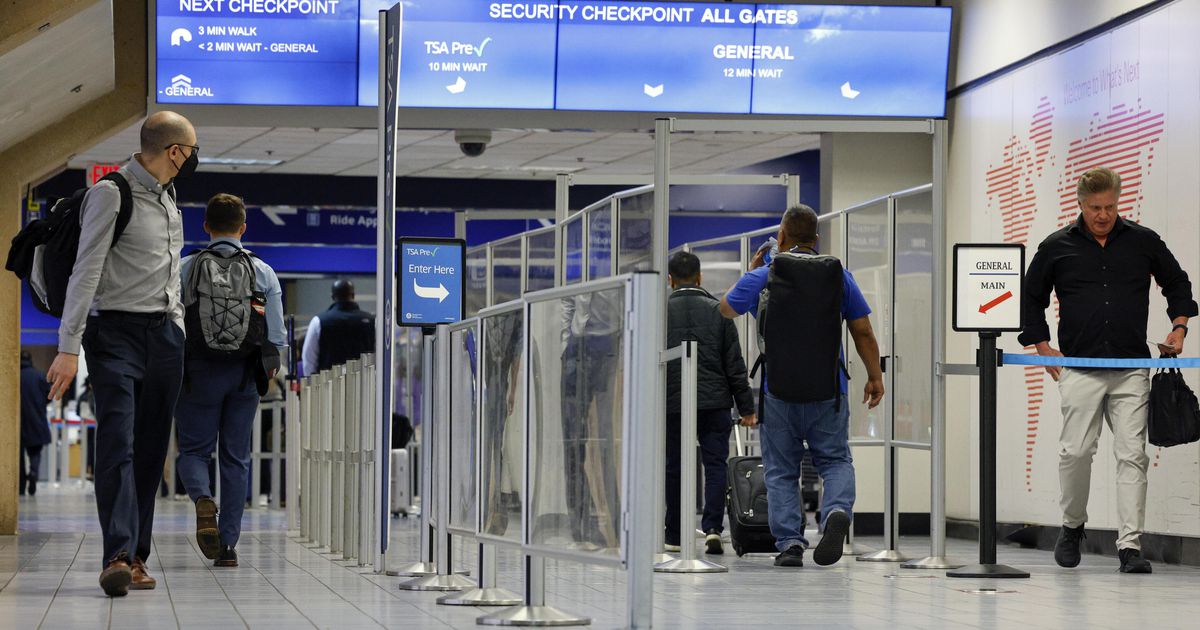Aviation security does not end at airports
The recent incident on a United flight from Los Angeles to Boston highlights why aviation security does not end at airport security checkpoints.
The passenger managed to create a weapon using a broken metal spoon and hit a flight attendant with his makeshift weapon. The passenger also attempted to open a door on the airplane, according to law enforcement officials, and believed that a flight attendant was going to kill him.
If convicted, the passenger is subject to hefty fines (as much as $250,000) and life in prison.
There is a high probability that this person suffers from mental illness. If that is the case, these penalties will serve little purpose. It may provide some deterrence benefit for someone with clear thinking but nefarious intent to see how they would be handled if they attempted such acts of violence on an airplane.
The Transportation Security Administration uses multiple layers to protect the nation’s air system. The most visible layer is at airport screening checkpoints, where passengers, carry-on bags and checked baggage are screened using a variety of technology.
A far less visible layer is air marshals, who are strategically assigned to flights based on a variety of risk factors, including the collective risk profile of passengers on a flight. Air marshals are ready to respond if any passenger acts inappropriately and threatens the security of a flight, its crew or its passengers.
Air marshals are a means to buy down risk and make a flight more secure. However, the expense of placing air marshals on flights means that air marshals are not on most flights. Moreover, the collective risk profile of most flights makes It unnecessary to have an air marshal on them. It appears that the United flight did not have an air marshal, or such a person would have responded to the incident.
The biggest takeaway from the event is how the passengers responded. Several acted quickly and decisively to wrestle the person to the ground and keep him from further harming himself or others. This made these passengers de facto air marshals.
The basis of risk-based security, the strategy employed by the TSA, is to match security resources to security risk. The most effective program that the…


